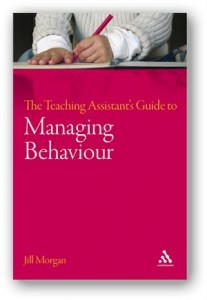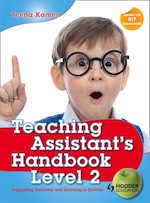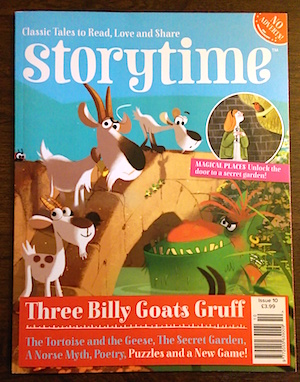 It can be difficult engaging children when it comes to reading. Developing literacy skills is often a challenge for parents as well as teachers. When I was a child, I adored the Story Teller series and can still recount most of my favourite stories, along with their illustrations. Colourful graphics and simple exercises that engage the reader play pivotal roles when encouraging children to read.
It can be difficult engaging children when it comes to reading. Developing literacy skills is often a challenge for parents as well as teachers. When I was a child, I adored the Story Teller series and can still recount most of my favourite stories, along with their illustrations. Colourful graphics and simple exercises that engage the reader play pivotal roles when encouraging children to read.
Storytime magazine does just this.
With its fifty odd pages of stories, puzzles and games, it is the ideal tool for accompanied reading. The images are vibrant, immensely colourful and tell each story with charm.
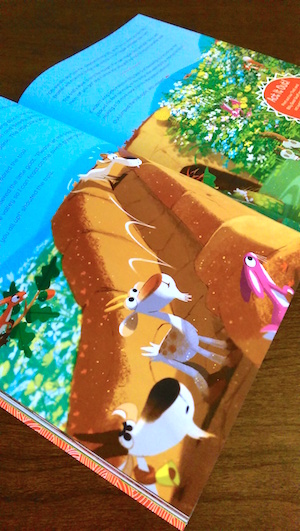 Aimed at Early Years to KS2, stories are in abundance and each has an simple optional exercise to follow, along with other facts associated with the story. When reading through, I noticed the distinct lack of adverts – no unnecessary distractions!
Aimed at Early Years to KS2, stories are in abundance and each has an simple optional exercise to follow, along with other facts associated with the story. When reading through, I noticed the distinct lack of adverts – no unnecessary distractions!
The magazine has become significantly popular with TAs in recent months and it’s not hard to see why. TAs have found Storytime magazine a considerable help when it comes to helping children to read. The stories are short enough to hold a child’s attention span and the puzzles/games are exciting and adventurous. Not to mention, the production quality is better than any magazine I’ve ever purchased!
Some points to consider:
- Suitable for boys and girls up to year 4.
- Great for reluctant readers, where a magazine format might be more engaging for them than a book.
- Wide range of short stories in each issue means there’s something for everyone.
- The focus on traditional tales is a perfect fit with the curriculum.
- Each story is checked by a literacy expert.
- Puzzles and activities in each issue to keep children’s attention and bring the stories to life.
- No adverts!
- Printed on good quality paper so each issue lasts a long time.
- Ofsted recommend that schools encourage pupils to read more widely for pleasure and develop policies to promote it both at school and at home, and Storytime works really well here.
For more information, visit the Storytime magazine website or for a free sample copy, please contact hello@storytimemagazine.com
Subscription Offer!
** Up to 35% discount off a year’s subscription, plus a free issue!
Simply visit www.storytimemagazine.com/tafocus and choose your subscription.
This offer ends 30.09.2015 and is available to UK residents only. It may be withdrawn at the publisher’s discretion and the discount is only applied to annual subscriptions of 12 issues. TA Focus does not benefit financially from any subscriptions purchased. **
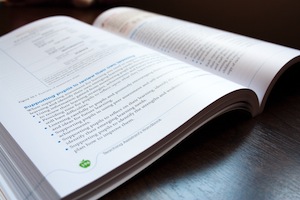 We would like to know more about TA/SEN related books you have read, which have helped developed your knowledge or improved skills in the classroom. A number of great titles have been recommended to us since this website was launched and we would like to review the most popular.
We would like to know more about TA/SEN related books you have read, which have helped developed your knowledge or improved skills in the classroom. A number of great titles have been recommended to us since this website was launched and we would like to review the most popular.